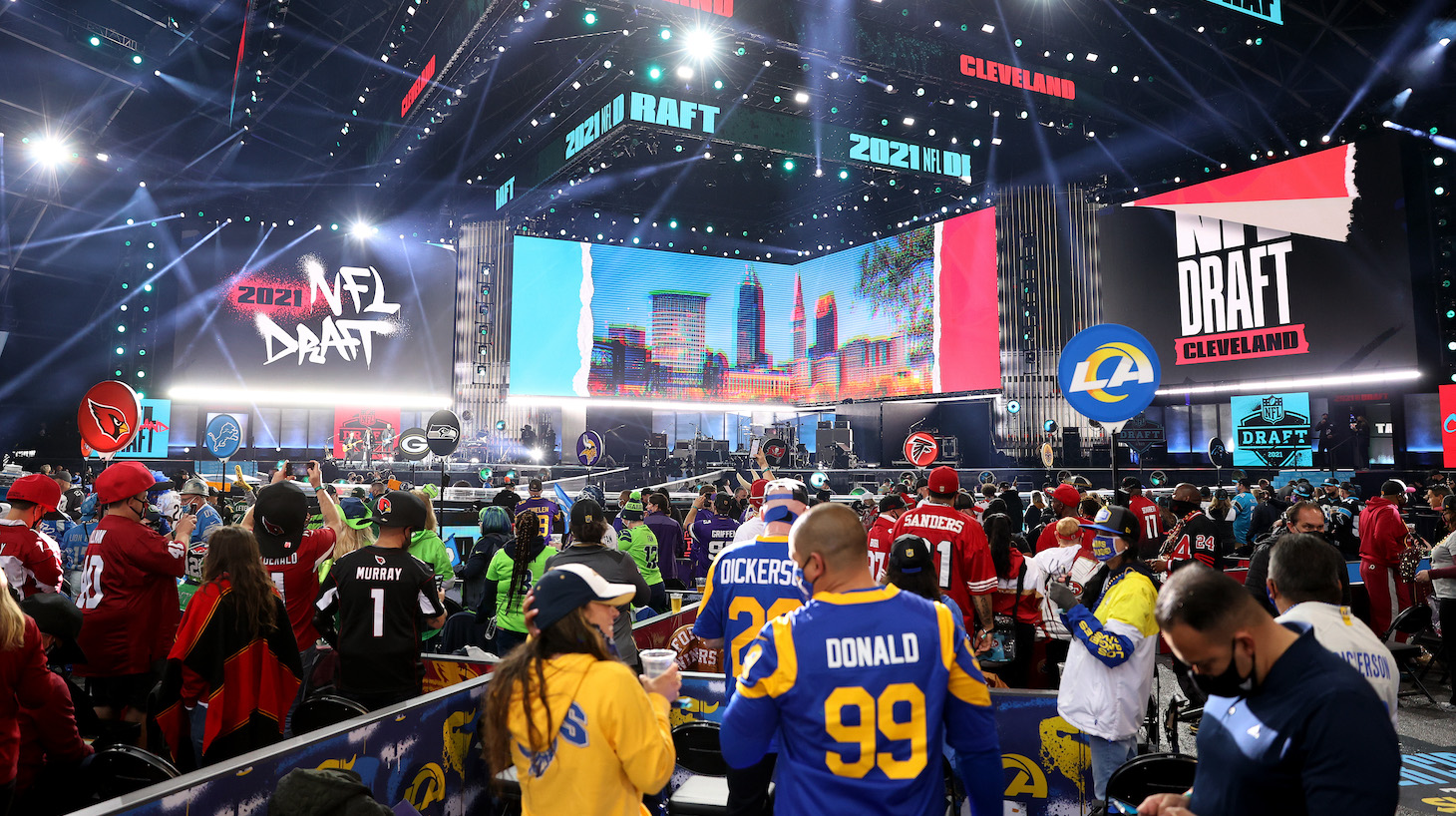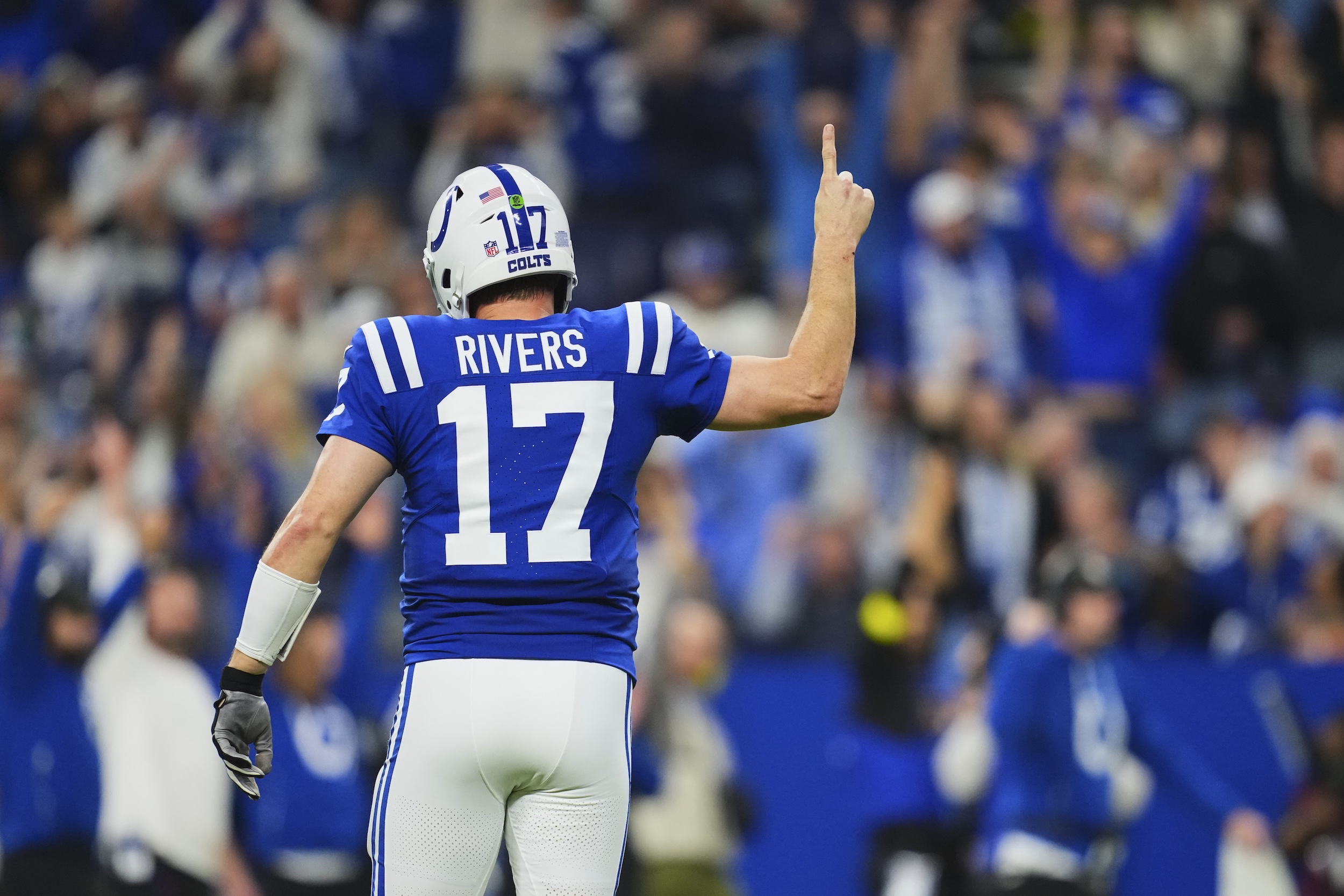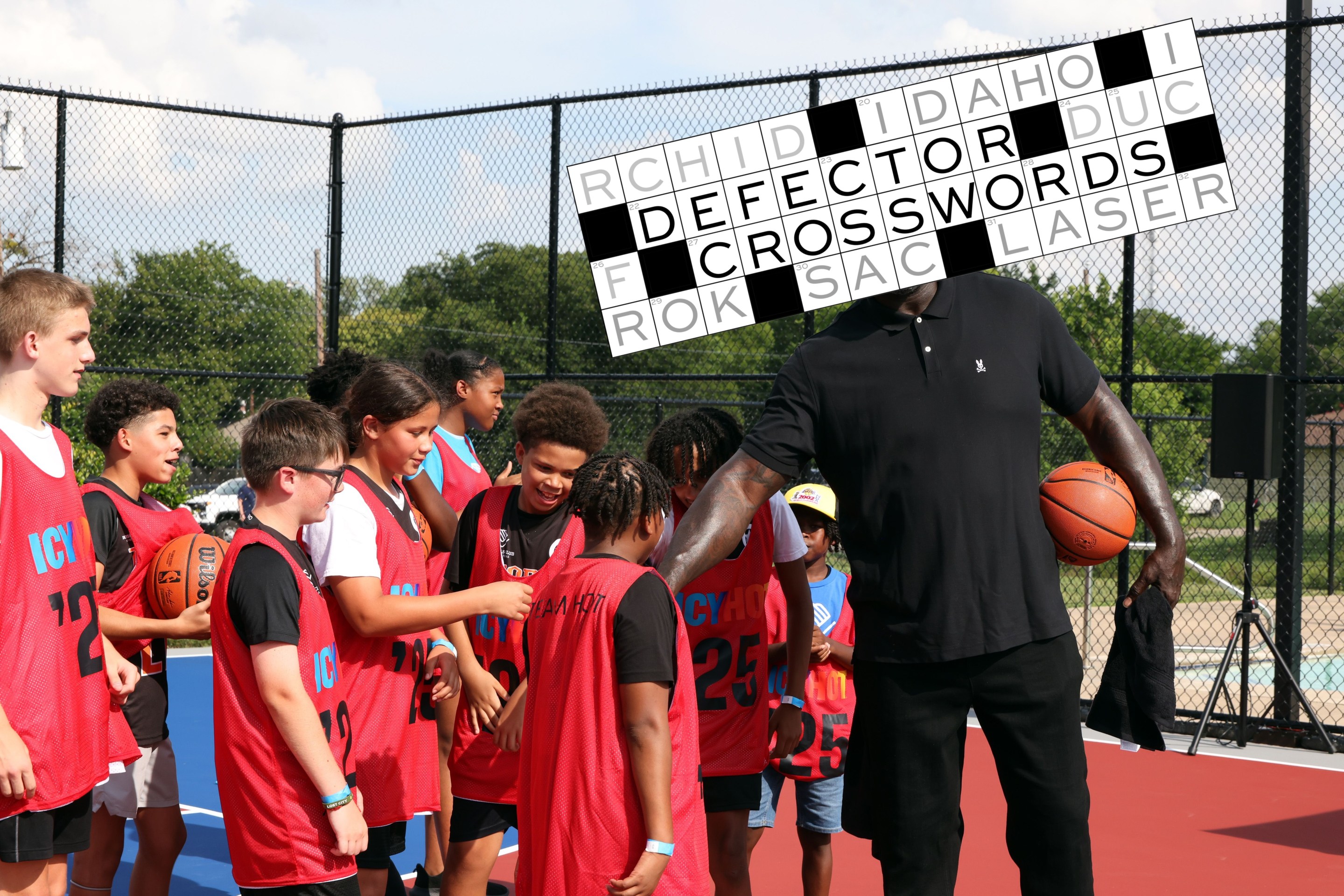Rodney Williams thought his football career would be over in 2019, his senior season at UT Martin. But then he was limited by a bone bruise in his foot and only played four games. He was playing behind two talented receivers, one now in the NFL and the other in the CFL, so his coaches encouraged him to redshirt and come back for his super senior season. Then came the pandemic, and Williams’s super senior season was pushed to the spring. He spent the fall eating and working out and he “got big”, so he switched to tight end for 2021 spring, and had his best season yet. He was named an FCS second-team All-American. And because the NCAA granted an extra year to all fall 2020 athletes, Williams’s super senior season didn’t count toward his four years of eligibility, so he came back for what he calls his “super super senior” year this past fall.
As an FCS receiver, Williams didn’t have much of a path to the NFL, but his chances are better at tight end. “I honestly feel like [the extra year] changed the whole outlook on my career,” he said.
Last week, he lit it up the pro day for small schools in Tennessee, putting up numbers that would have ranked him in several categories as the top tight end at the combine—to which he wasn't invited.
As a super super senior, turning 24 this Friday, he’s now a legit prospect. He likely won’t get taken in the draft, to be held April 28–30 at the Raiders' stadium, but will sign somewhere as an undrafted free agent and have a chance to compete for an NFL job.
Lots of college football players like Williams took advantage of that extra COVID year, which is responsible for last year’s extra-small draft class. This year’s class, as defined by the number of players who have signed with an agent, stands at 1,621 as of March 21. That’s nearly back up to the average pre-COVID size, and scouts say that because of the freebie year, a large part of their job has turned into simply trying to figure out which guys are going back for another year and which guys are coming out in the draft. It's nearly impossible to keep it all straight. One scout estimated that his team has evaluated twice as many prospects this year as they would in a normal season. Another estimated there are a full third more players this year that his team graded as “good free agent or better.”
This class is big, but it’s also old. It's full of players like Williams who have lived nine lives of college football. Thanks to a data saint who will remain anonymous, Defector was able to compare the average age of this year’s draft class to the previous five years. For the years 2017–2021, the average age ranged from 23.07 to 23.15 years old. This year’s class is 24.11 years old, basically a full year older, and in a league where every data point is precious, age is not just a number.
(For 2017–2021, we defined the draft class as any player who was drafted, or invited to the combine, or who played in a professional football game. For 2022, we defined the draft class as any player who was invited to the combine, or played in an all-star game, or was scouted for the purposes of this data set. Ages are defined by how old they will be on Sept. 1, 2022, at the start of the NFL season).
“If a guy is going to be 24 or older in his rookie year, then that is a topic of conversation,” said one veteran scout. "If he’s 22 or 23, there’s no discussion."
In a 2022 draft class where the average prospect is 24 years old, there are going to be a lot of conversations. 24 is the "talk about" range, and 25 is usually the point where scouts will think twice about a player.
“Too old. Won’t get drafted,” one scout texted about a player who will turn 25 by the start of next season. “Just small and old lol,” texted another.
I’m currently searching for my Prospect X candidate this year, a player who is a total underdog without all-star recognition, but with a solid chance at getting drafted late, and several of the candidates are turning 24 years old. One is 25 years old. It is a much older group than I remember consider in the past three years I’ve written the series. But it's the new normal.
The next few years of draft classes will skew older, and teams will have to adjust how heavily they weigh a player’s age in the evaluation process. “There are cut-offs,” said another scout. “It is factored in for sure. I don’t know at what level it becomes a worse buy. The misconception is you don't like that they are old, but the issue is not the second contract. The main thing is you are watching a 24-year-old compete against 18-, 19-, 20-, 21-year-olds, so does that guy have a significant advantage over the guy he is playing because he is three years older? Is the battlefield fair?”
There are so many variables for scouts to consider. Has the player started for five seasons? Or did he just start peaking? Is he smarter or more physically developed than the competition just because he's older? Is it worth noting if he plays a position where pros tend to peak earlier, or later? These are all things which scouts hope to work out over the next couple of years, but this spring might just be a crapshoot.
“The COVID year, it supplied us with older guys and I think we will be able to have some hypothesis on if that should make us more or less accurate,” said the scout. “It's hard to predict how a 20-year-old will play over time, but is it easier when you are looking at guys who are 23 or 24? I don't know.”
The best oldest prospect in this draft is probably Velus Jones Jr., a sixth-year receiver from Tennessee. Jones had the fourth-fastest 40 time of all prospects invited to the combine, and his age (25 in May) doesn’t seem to be slowing down his hype train yet.
“There are seven-year seniors,” one scout told me in October, while venting about how hard it was to keep track of the giant class of draft eligible players. I didn’t believe them, until another scout mentioned 25-year-old linebacker Kyle Pugh, who will start his eighth year at Northern Illinois University next season. Don’t believe that’s possible? Here’s his bio.
Rodney Williams hasn’t yet had a scout ask him directly about his age, but he is well aware. “I realized it while I was still at school,” he says. “Me and my teammates who are in my year would have certain conversations and the younger guys would have no idea what we were talking about—music or TV shows, or certain players.” Pour one out for football's last millennials.







